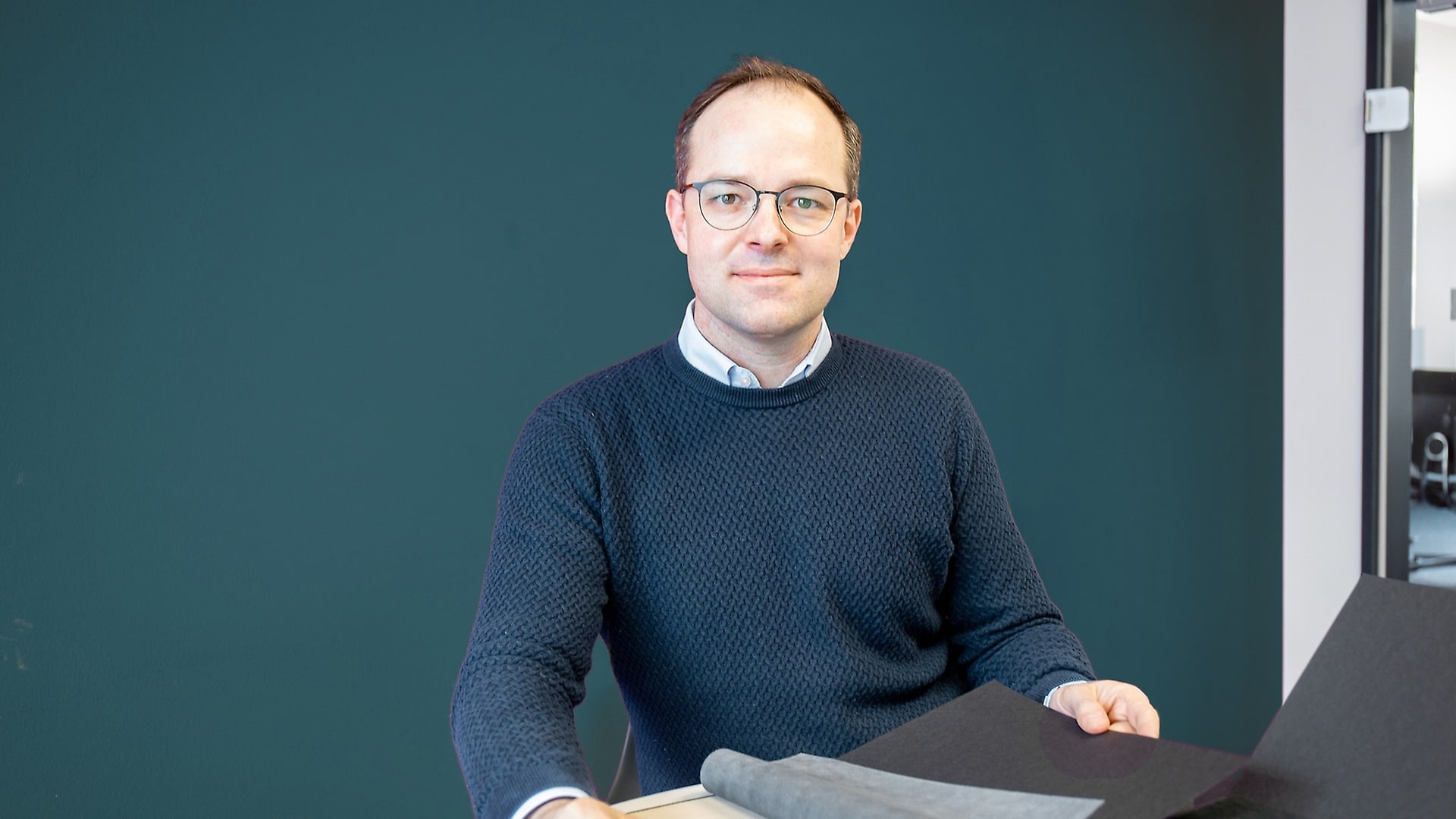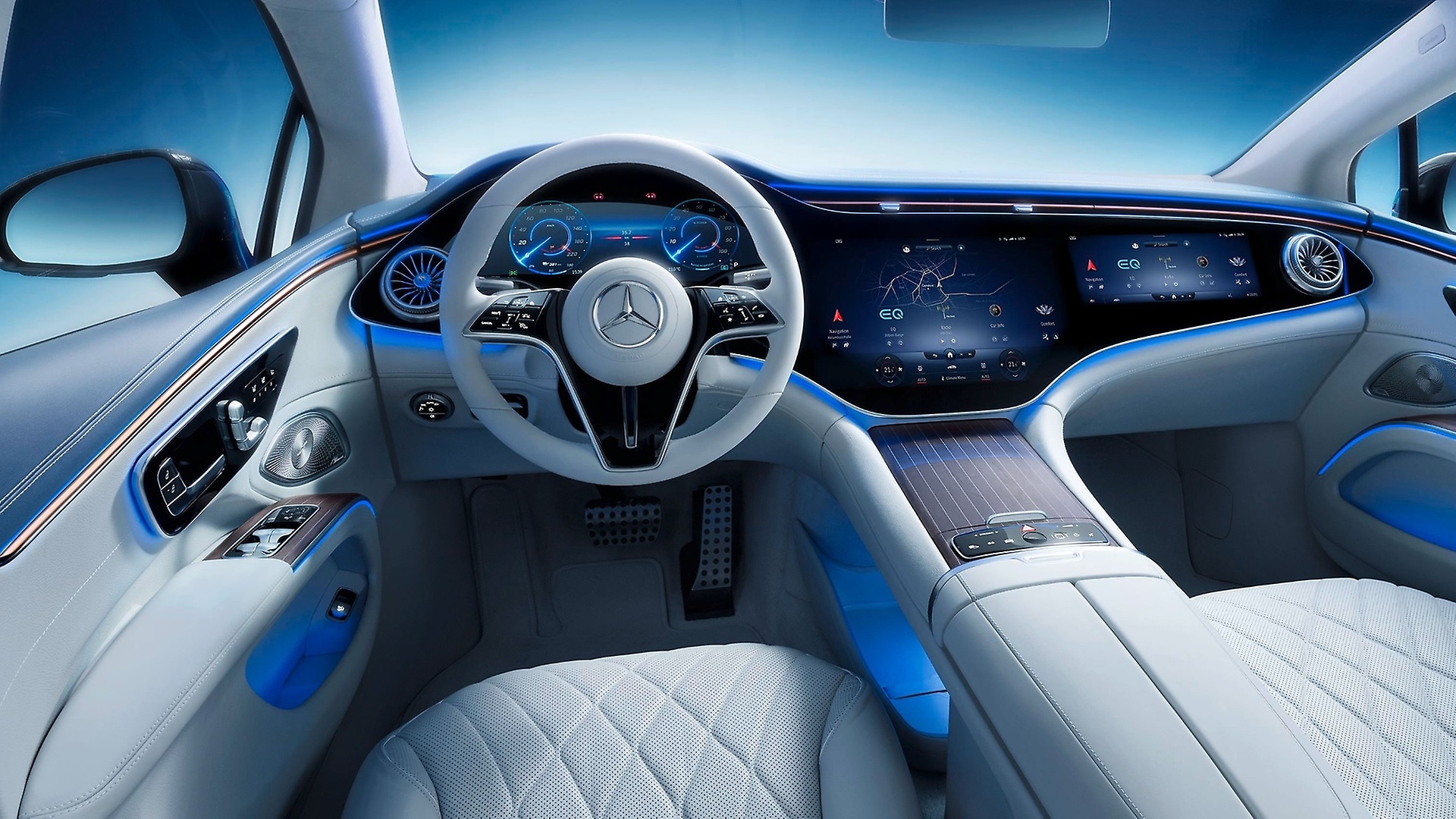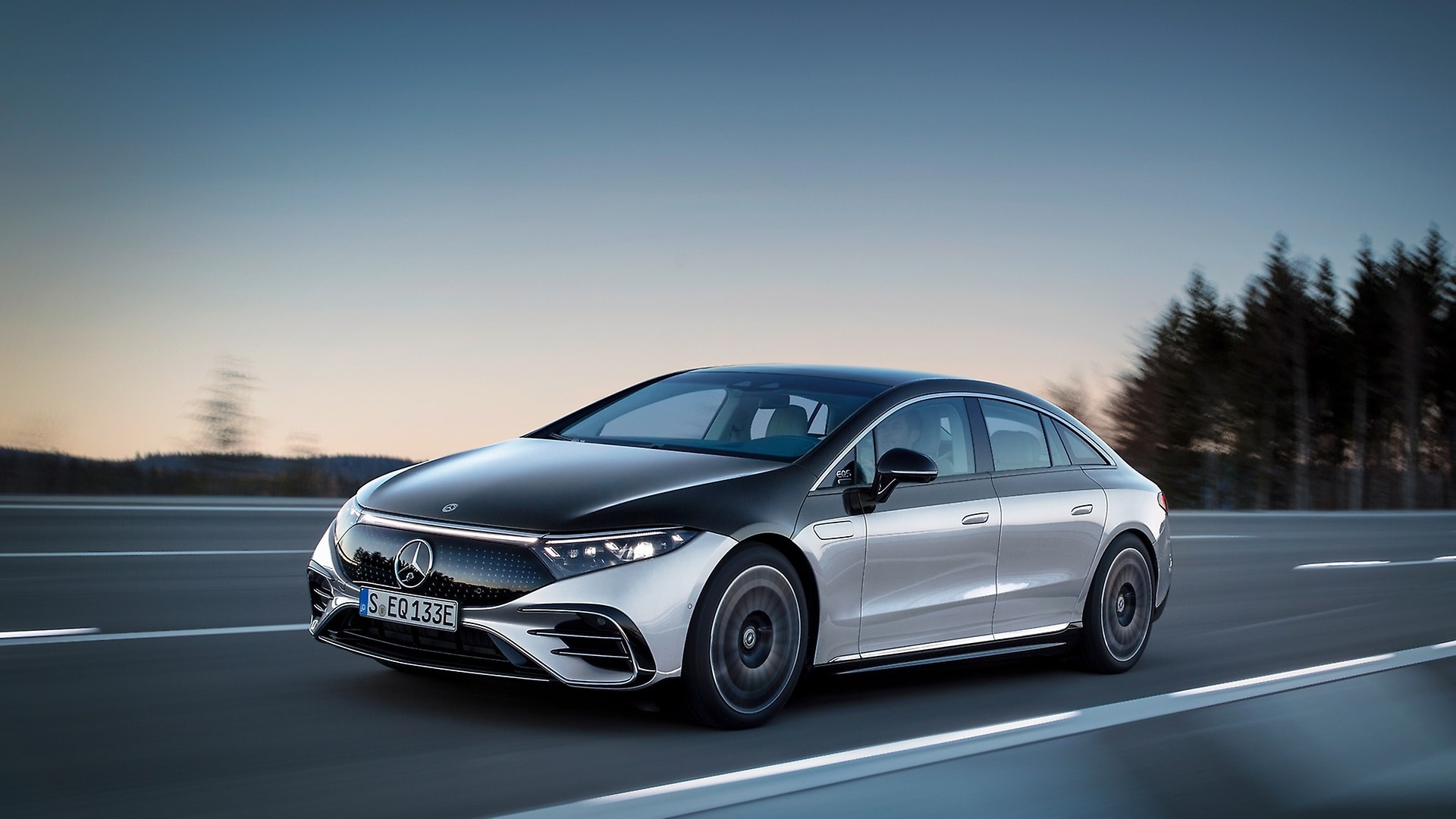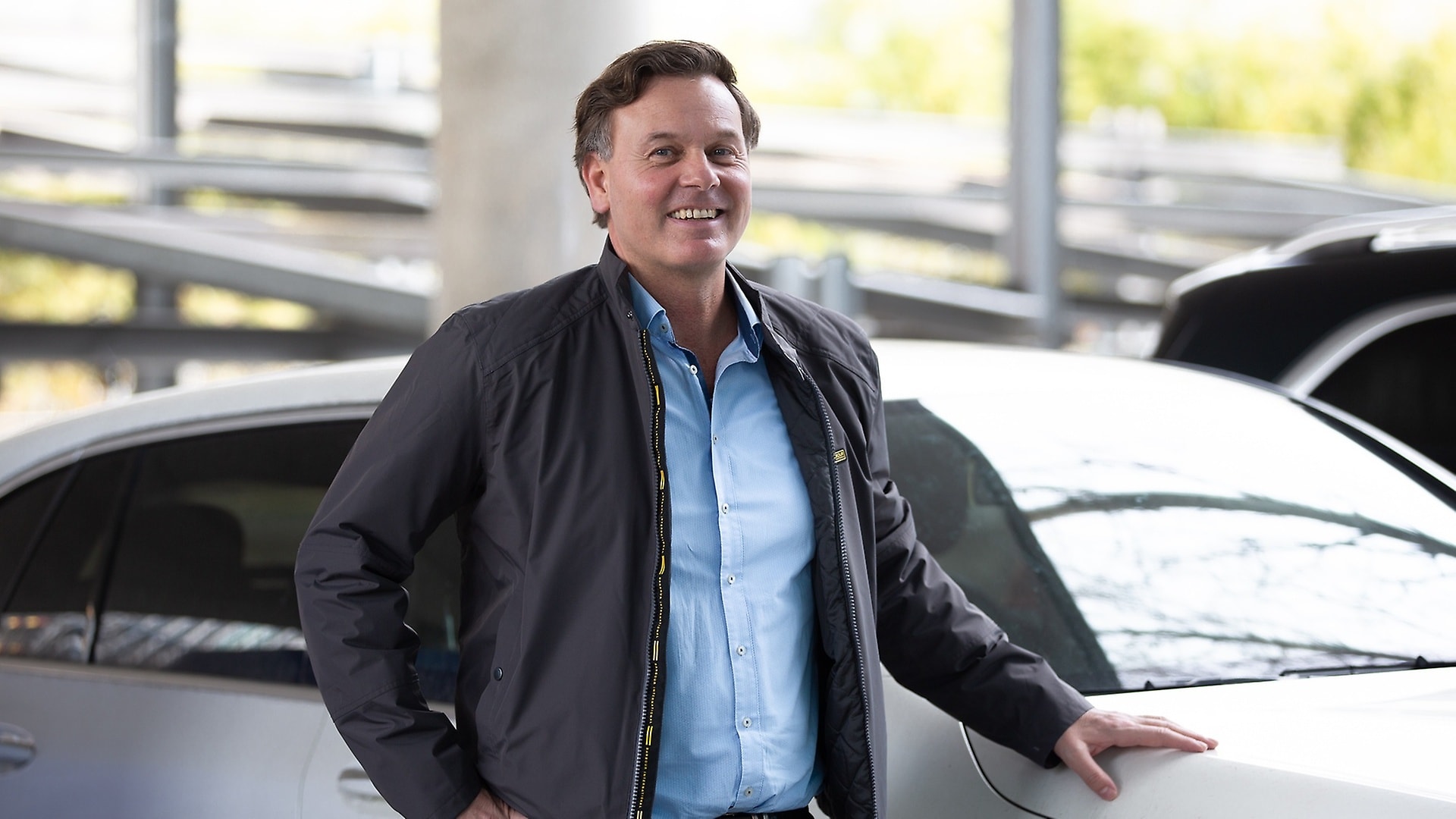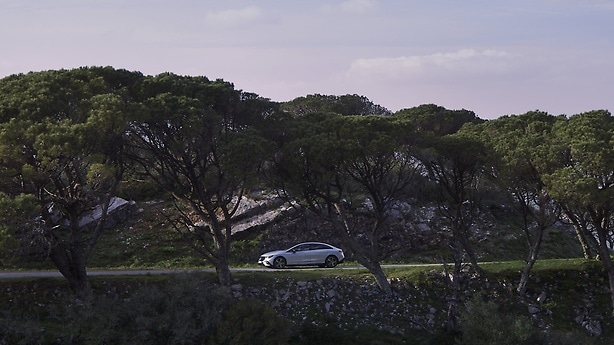Rüdiger Steiner also knows that sustainability is now influencing product development from an ever earlier stage of planning. He heads the department "Forecasts & Analyses Overall Vehicle Efficiency". Steiner has accompanied the Ambition2039 initiative, focusing on climate protection and air quality, since its inception. He and his team make sure to provide reliable forecasts as well as full transparency on range and consumption, and help ensure that targets are achieved.
"As efficiency designers and developers, we look to the future. In the early phase, when there is no hardware yet, we digitally map the entire vehicle," explains Steiner. "On the basis of these computer models, we can then forecast consumption and ranges in order to derive, evaluate and optimise concepts based on them."
The target of CO₂ neutrality by 2039 at the latest refers to the actual CO₂ footprint of the new vehicle fleet in the sense of a life cycle assessment, so from production to use to recycling of the vehicles. "The product portfolio is key in achieving our climate protection goals. Along the road to CO₂ neutrality, we at Mercedes-Benz are following three lanes for our passenger cars and vans: the hybrids, the plug-in hybrids with a larger battery and a connector for external charging, and the purely battery-electric vehicles," Steiner explains. "As we move towards achieving CO₂ neutrality for our new-car fleet, we will steadily bring more electrified vehicles to market. We currently offer seven all-electric models. With the EQE and EQB, two more will follow this year."

